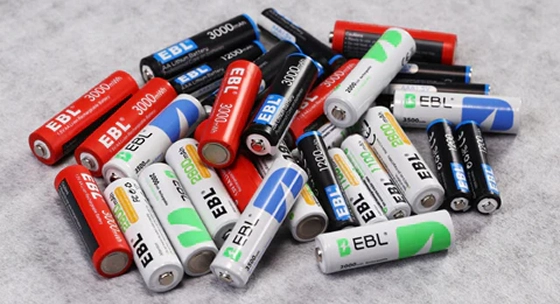How to choose the outdoor power supply correctly?
Selecting the right outdoor power supply is crucial for ensuring that your outdoor activities or equipment function smoothly, whether it’s for camping, remote work, outdoor events, or powering devices like solar streetlights, tools, or appliances. With various options available, it’s important to choose the right one based on your power needs, environment, and specific use cases. Here’s a guide to help you choose the correct outdoor power supply.
Determine Your Power Needs
Before selecting an outdoor power supply, it’s essential to know the power requirements of the devices you want to run. Make a list of all the equipment you plan to use and their individual power consumption. For each device, check the power rating, typically listed in watts (W) or volts and amps. This will help you understand the total power load and ensure that the power supply you choose can meet your needs.
- Small Devices: Devices such as smartphones, laptops, cameras, and lights typically require a small amount of power. Portable power stations or power banks with a lower wattage (around 100W to 500W) are sufficient.
- Larger Devices: Power tools, refrigerators, and other high-wattage appliances require more significant power supplies (ranging from 500W to several thousand watts). In such cases, a larger portable power station or generator is necessary.
Choose Between a Battery-Powered or Gas-Powered Option
Outdoor power supplies typically fall into two categories: battery-powered and gas-powered options. Each has its pros and cons, and the choice depends on your requirements.
Battery-Powered Power Supply (Portable Power Stations or Solar Generators):
Battery-powered supplies are the most common choice for outdoor activities due to their portability, ease of use, and environmentally friendly operation.
- Pros:
- Quiet Operation: Unlike gas-powered generators, battery-powered systems operate silently, making them ideal for peaceful outdoor settings like camping or hiking.
- No Fuel Required: They run on electricity stored in batteries, so there’s no need for gasoline or propane, making them more eco-friendly.
- Portable: These systems are lightweight, compact, and easy to carry, ideal for recreational use and emergencies.
- Low Maintenance: Battery-powered systems require minimal maintenance compared to gas-powered generators.
- Clean Energy: Some models come with solar panel options for recharging the battery during the day, offering a renewable energy source.
- Cons:
- Limited Power Capacity: Battery-powered systems can be more limited in terms of the power they provide, especially for large devices.
- Charging Time: Recharging the batteries can take several hours, and depending on your usage, you may need to have extra batteries or a backup charging method.
Gas-Powered Generators:
Gas-powered generators are often chosen for their ability to provide a continuous power supply for larger setups or remote locations.
- Pros:
- High Power Output: Gas generators can provide a significant amount of power, often reaching up to several kilowatts (kW), which makes them suitable for powering large equipment or multiple devices at once.
- Longer Runtime: Gas-powered generators generally run for longer periods compared to battery-powered systems, making them ideal for extended outdoor activities.
- Reliability: Gas-powered generators are robust and perform well in harsh environments, making them a solid choice for heavy-duty needs.
- Cons:
- Noise and Pollution: Gas generators are noisy and produce exhaust fumes, which can be disruptive and harmful in outdoor environments.
- Fuel Dependency: These generators require a steady supply of gasoline or propane, which can be cumbersome to transport, especially in remote areas.
- Maintenance: Gas generators require regular maintenance and monitoring, including oil changes and fuel management.
Consider the Capacity and Output Ports
The power supply should have sufficient capacity to handle the devices you want to charge or run. A key aspect to consider is the output ports, which allow you to connect your devices. Ensure the outdoor power supply offers the right types and number of ports for your devices:
- AC Outlets: If you need to power high-wattage appliances like refrigerators, electric stoves, or power tools, look for a power supply with AC outlets (similar to standard home electrical outlets).
- DC Ports: Many small devices like smartphones, tablets, and cameras use DC power. Ensure your power supply includes USB-A, USB-C, or 12V DC ports for charging.
- Inverter Type: For AC devices, check if the power supply includes a pure sine wave inverter (for sensitive electronics) or a modified sine wave inverter. Pure sine wave is more efficient and safer for electronics like laptops and medical devices.
Charging Methods
The ability to recharge your outdoor power supply efficiently is crucial. Some power supplies can be recharged using multiple methods, such as:
- Solar Panels: If you’re looking for a sustainable option, choose a power supply that supports solar panel charging. This is especially useful for extended outdoor trips or remote locations where electricity is unavailable.
- Car Charging: Many portable power stations can be recharged from your car, which is a useful option when you’re on the move.
- AC Wall Charging: This method is often the fastest way to recharge the power supply, especially if you’re at a campsite or in an area with access to electricity.
- PREV: Null
- NEXT: How to choose backup power for mines and solar street lights?










